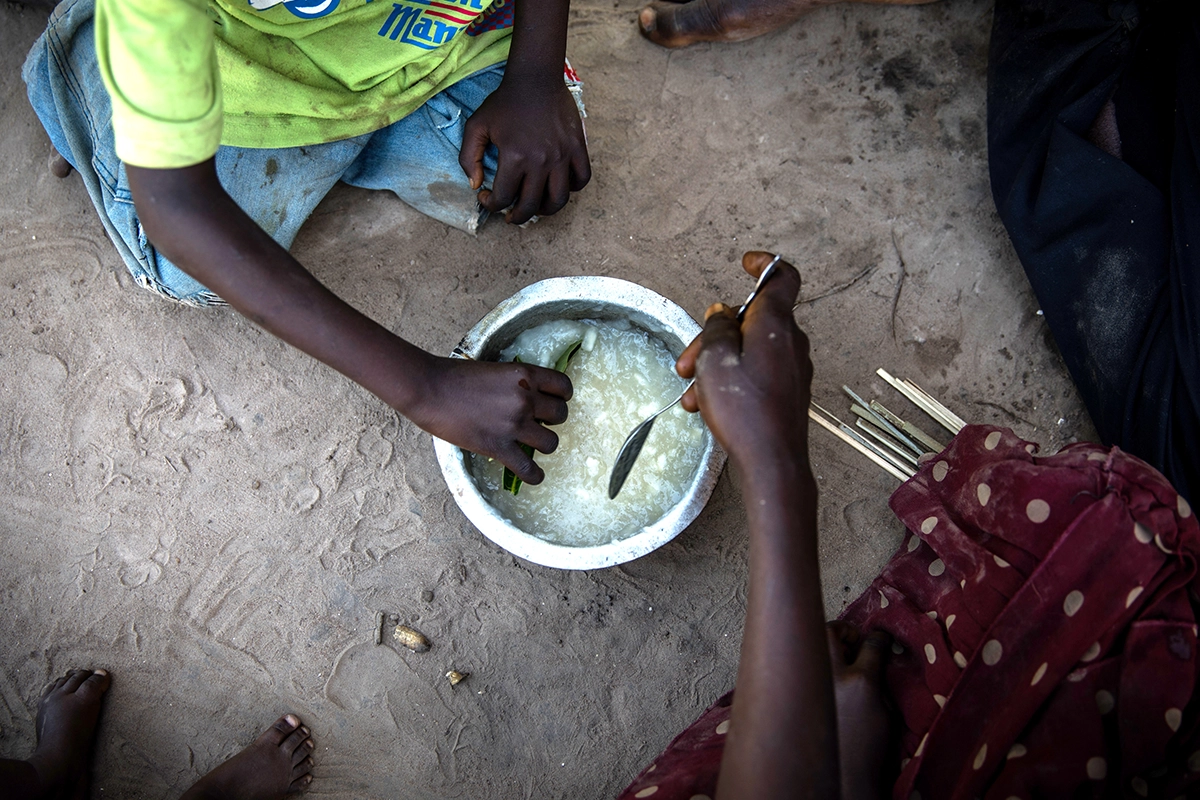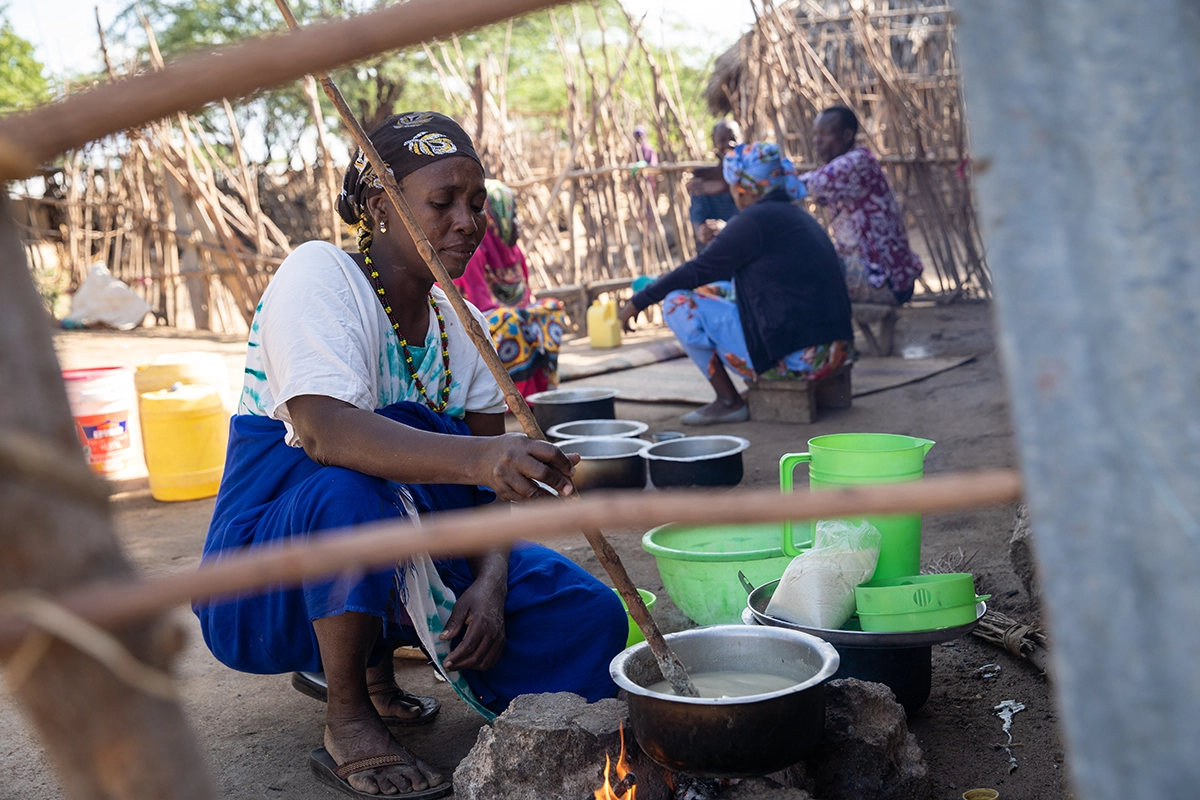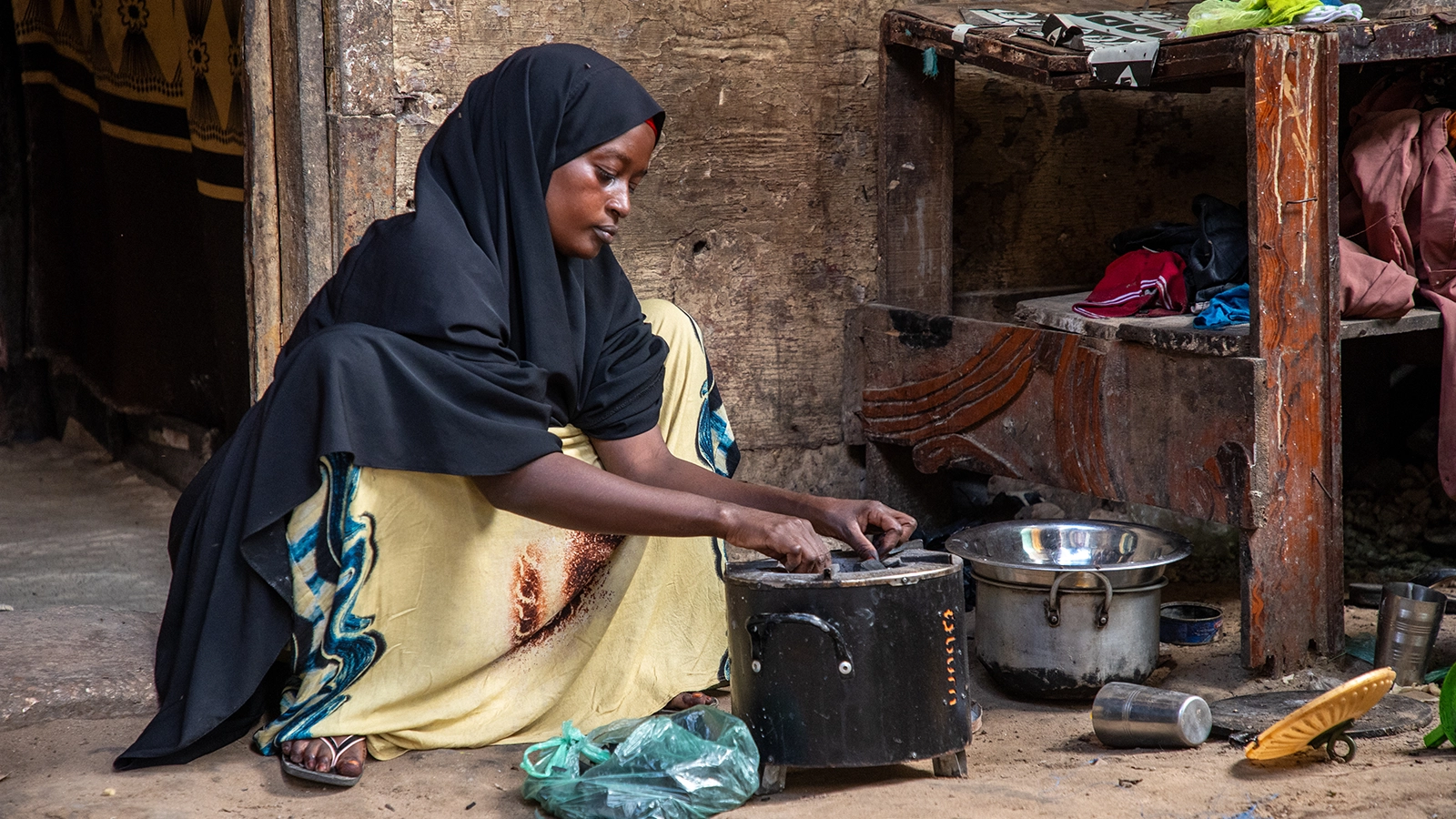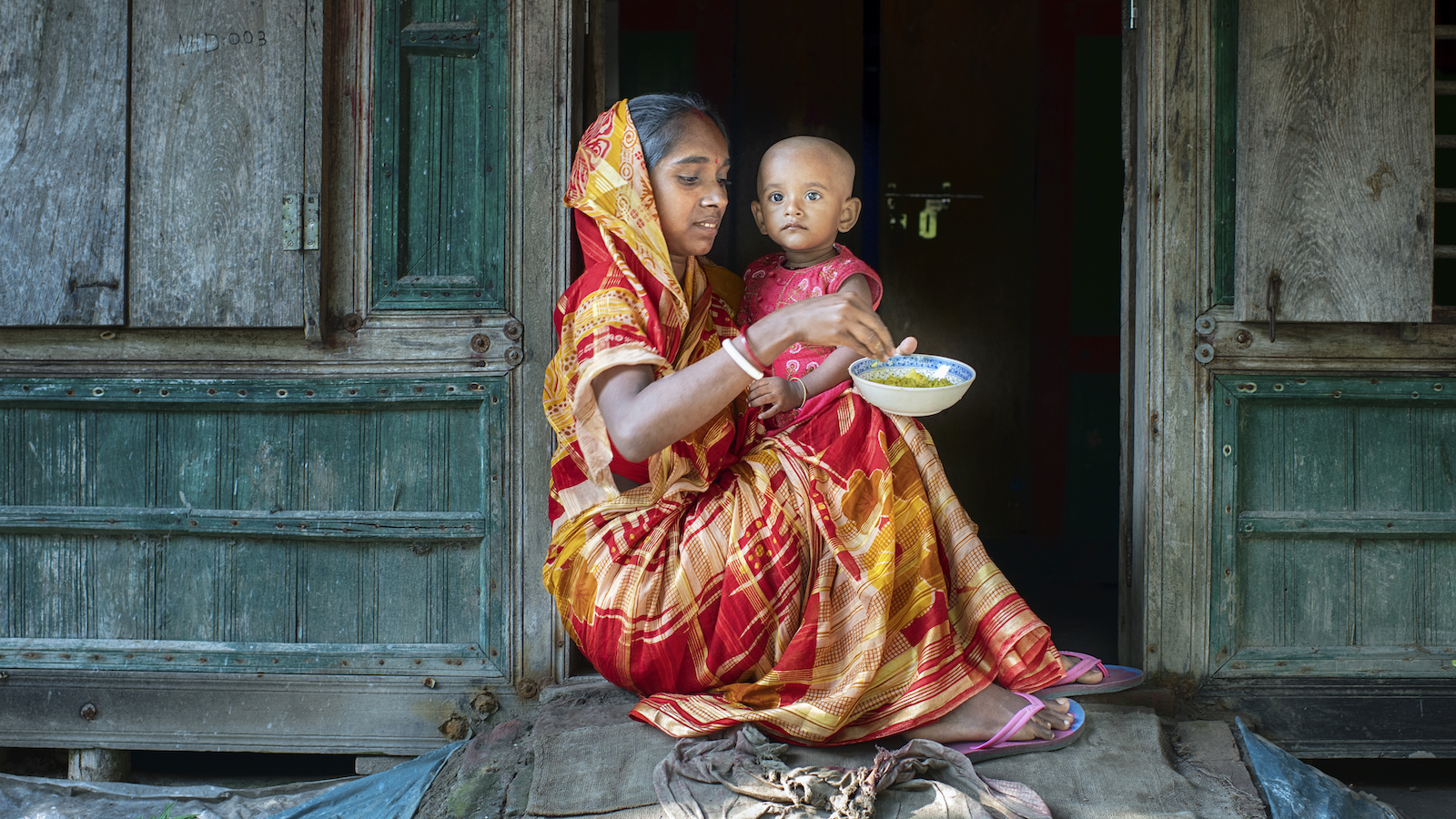When people run low on food, they’re forced to make difficult choices — and sometimes the things they must do to survive can have destructive consequences.
We’ve begun to lose progress in the fight against hunger over the last five years, owing to a rise in conflict and natural disasters. This has had a devastating impact on millions of people hit hardest by food shortages, people with fewer resources to fall back on.
The measures they take to survive these shortages are risky; sometimes they can even lead to long-term or lifelong consequences. Here are ten human effects of a food shortage.
1. Eating lower-quality foods
One survey Concern did of families in Bangladesh, Democratic Republic of the Congo, Haiti, Kenya, and Malawi revealed that nearly 64% of respondents said they have resorted to eating lower quality food when food systems and incomes were severely disrupted at the start of the pandemic.
Regine Kopplow, Concern’s Senior Advisor on Food & Nutrition Security, notes that many families experiencing a food shortage will stretch their budgets by going for cheaper foods that are often low in nutritional value, doing this “as often as reducing the number of meals.” (That same survey revealed that 69% of families do this.)
This coping mechanism is “fine for a short period,” Kopplow says, “but it will have a longer-term impact as people — especially those that are nutritionally most vulnerable such as young children and pregnant and lactating women — might develop micronutrient deficiencies over time.”

2. Turning to neighbors, friends, and family
Another common solution that people look to is asking families and neighbors for help, offering to do work like gardening in return. However, this often happens in communities where resources are limited on the whole, without access to affordable food or cash to go around. It becomes an untenable solution to a much larger problem.
3. Foraging for wild foods
“When the wild fruits are there and they are ripened, the animals and I consume them and that is what has kept us going all this time,” says Kenyan pastoralist Ng’ikario Ekiru. Ekiru and her family live in Turkana, a county hit hard by drought over the last two decades.
Foraging, however, is unreliable and takes a lot of energy, often for little or no return. The berries Ekiru finds aren’t always available — they take time to regrow after she gathers them. They also give her children stomachaches.

4. Harvesting immature crops
Hunger seasons happen when a family’s food supply runs out and there is still time before the next harvest, and they’ve gotten longer and longer over time due to poorer harvests. In response, farmers may resort to harvesting immature crops to make up the loss. More than 16% of families surveyed by Concern did this in Northern Bahr el Ghazal, South Sudan. However, this reduces the yield of harvests and leads to lower-quality food.
“The issue with harvesting immature crops is that your yield is less than when harvesting once it is fully ripe,” explains Kopplow. “Depending on the stage of maturity, the food is less digestible and shelf life is reduced due to higher moisture content. You would have to dry for longer but then people want to eat or sell it more or less immediately.”
“It might feed them today, but they will have less — or, in the worst scenario, nothing left — to plant for the next agriculture season.” — Regine Koppolow, Senior Advisor, Food and Nutrition Security, Concern Worldwide
5. Eating seeds
In an even worse-case scenario, families holding onto seeds for the next planting season may turn to those in an emergency. This has a double impact, as it also means that they won’t have those seeds when it’s time to sow. “It might feed them today, but they will have less or in the worst scenario nothing left to plant for the next agriculture season,” says Kopplow.

6. Eating whatever is available — even if it isn’t food
We’ve spoken with people who’ve eaten water lilies and old animal hides to survive. One of the most well-known examples of this, however, comes from Haiti. The bonbon tè is a cookie made with a special dirt that is then mixed with salt, water, and fat. They are especially popular with pregnant women and children as the dirt is high in minerals, but it’s still dirt.
“Trust me, if I see someone eating those cookies, I will discourage it,” says Dr. Gabriel Thimothée, Director General of Haiti’s Ministry of Public Health.

7. Limiting portion sizes at mealtime
If there are no other options during a food shortage, families will eat smaller meal portions to stretch out a food supply. One survey of 3,330 families in Malawi, conducted as part of Concern’s Graduation program, showed that food shortages could trigger a change in how much was eaten. On at least one occasion, 65% of adults ate less as a result — so did 54% of children.
8. Skipping meals altogether
Families are nearly as likely to skip meals altogether if they aren’t able to get lower quality foods or eat three meals a day of limited portion sizes. Women are more likely to do this than their male counterparts. In that same survey from Malawi noted above, while 65% of adults had reduced their food portion sizes at least once, 28% had also reported going without food for at least an entire day in 2018.
With less food, whether incremental through smaller portion sizes or more drastic through skipped meals, people often earn less money and are more susceptible to health issues. The consequences for small children can be especially serious, leading to malnutrition and stunting.

9. Selling livestock
Families may also raise money for food by selling their chickens, goats, and cows for a quick and vital windfall. However, farmers and pastoralists also rely on these animals as a primary source of income, which means that — much like eating seeds — selling them can result in major financial problems in the future. For many, that future is hard enough to imagine when trying to survive the present.
10. Moving family members away
Residents of Northern Bahr el Ghazal often walk two to three days to swampy areas where they can gather wild cassava that is then milled into flour for cooking. Many parents would bring their children along as there was no other way to care for them, though the toll of the journey hits many children the hardest.
Men may also leave their families to find migrant labor, traveling for months at a time and sending their salaries home. This was a survival fund that was severely interrupted by the pandemic, and has also been cut off for many due to increased conflict. Many parents still turn to child marriage for their daughters to ensure that they have someone else who can provide for them and reduce the number of mouths to feed at home. It’s one of the most heartbreaking effects of a food shortage, but it’s an impossible choice thousands of families still face every year.

Concern’s work to end hunger
From Afghanistan to Yemen, Concern’s Health and Nutrition programs are designed to address the specific, intersectional causes of hunger and malnutrition in each specific context. Our projects often combine two or more of the following areas of focus: agriculture and climate response, maternal and child health, education, livelihoods, and water, sanitation, and hygiene (WASH).
We played a key role in developing Community Management of Acute Malnutrition (CMAM), which has been recognized by the World Food Program as the gold standard for treating malnutrition. Other recent successes, like Lifesaving Education and Assistance to Farmers (LEAF) have seen entire communities not needing humanitarian food aid for the first time in decades due to holistic and systemic shifts in agricultural practices and community care.
Last year alone, Concern reached 5 million people with health and nutrition programs in 16 countries. Your support can help us to do even more in the year ahead.
*Many of these coping mechanisms are adapted from the World Food Program’s Coping Strategies Index, which quantifies the level of food shortage based on how many, and how often, strategies are used in response to food insecurity.




